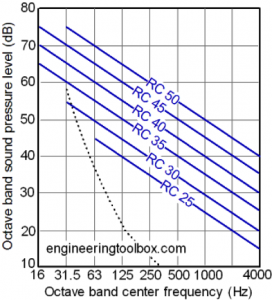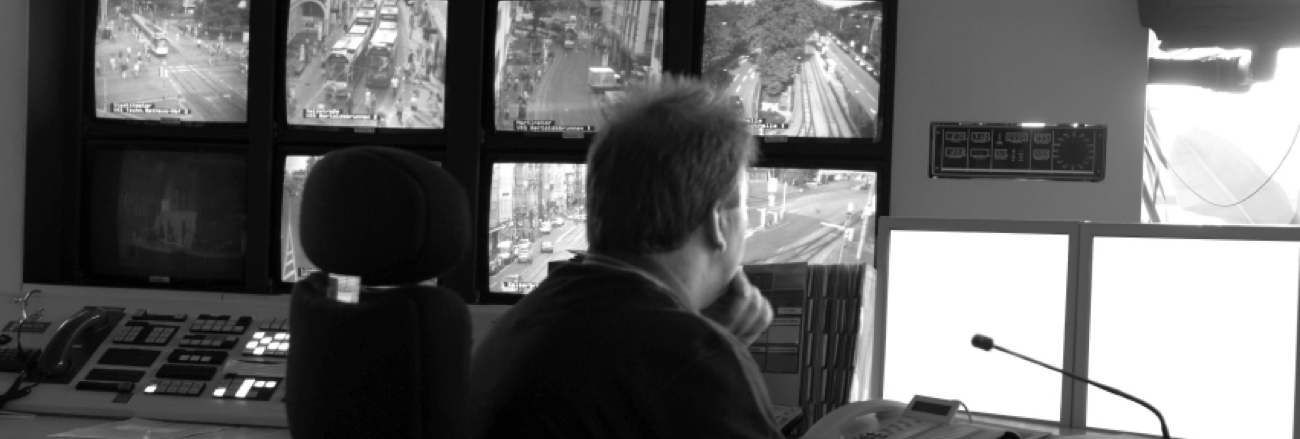Consider the essential mission of a 911 Call Center: An environment wherein the caller and the call-taker communicate. Anything that interferes with that mission must be eliminated.
The call-taker has a stressful job. Anything in the work environment that causes additional stress likewise must be eliminated.
Frankly, some of the fixes may require building a new building. But many impediments to clear communication, and many sources of environmental stress can be dealt with at minimal cost and disruption.
The following three elements can affect both the ability of the call-taker to send and receive information and the stress level of the environment. Fortunately, they can all be optimized inexpensively.
- Lighting
- Acoustics
- HVAC
LIGHTING
The visual environment in a call center can be a source of eye stress, and even psychological stress, and, at the very least, be a distraction. Four ways to enhance the visual environment:
- Variability – A lighting control system can change lighting levels per the time of day or outdoor light levels. This compliments normal circadian rhythms.
- Even Lighting – This is a typical example of what is called “direct lighting”. The fixtures send 100% of their light straight down. With a high-enough ceiling you can get pretty even lighting levels at the work surface, but there are several problems nevertheless.
Dilated pupils close quickly in response to bright light sources and relax again very slowly. If a call-taker glanced up for just a second, he/she would look directly into the lamp. Likewise, any look away from a computer screen is at a potential risk—looking at the hotspots on the wall and returning to the screen that suddenly appears dark. You can imagine how this repetitive action could result in significant eye strain.
- Individual Control – This is in reference to task lighting. I’m sure that most call centers already have task lighting. However, there are two features that are important to include:
- Operators should be empowered with autonomous dimming control, so they get only as much intensity as they desire.
- They should have good “cut-off”. Cut-off describes how invisible the lamp is to adjacent spaces.
- Reduce Glare! – Outdoor light, spilling in through untreated windows, is the greatest source of glare. I don’t have to tell you that glare on a computer screen is a bad thing. (But I will anyway!) It makes information practically invisible and causes eye strain. And window treatments – window coverings – are the easiest, most cost effective solution for handling glare Another solution to controlling outdoor light is a translucent screen. The operators still feel connected to the outdoors, but the glare on computer screens is greatly reduced.
So you can see that there are a number of fairly inexpensive ways to improve the visual environment – lighting controls, direct/indirect light fixtures, good, dimmable task lighting, and window coverings, and thus, reduce stress and strain on the Comm Floor.
ACOUSTICS
![]() Acoustics are the most complicated of the three subjects, because the perception of sound as “noise” is strongly subjective.
Acoustics are the most complicated of the three subjects, because the perception of sound as “noise” is strongly subjective.
Noise – any unwanted sounds – affects communication and causes stress.
Sources of noise:
- Cross-talk
- Computing equipment
- HVAC
What constitutes “good” sound?
Human beings hear certain frequencies better than other frequencies, and any frequency that is particularly stronger, is generally “objectionable”. The Room Criteria (RC) system was developed to account for this. You can see from the curve below, that 20 dB at 1000 Hz has the same perceived loudness as 40 dB at 125 Hz. If the sound power (in decibels) at each of the commonly measured frequencies falls on a given line, then the result is going to be a bland-sounding environment (which is a good thing). No sound stands out. But if the sound power at one frequency is above a line, and all the rest are one the line, then we get “noise”. A simple sound meter can be used to measure dB at each frequency. And any given source of sound usually falls in a narrow frequency. So it is easy to identify the source.

Reverberation: Just like with bad lighting or dingy surroundings, the “sound of the room” can be oppressive.
Reverberation – “the time it takes a sound event to become inaudible” – affects speech intelligibility.
Factors that affect reverberation time:
- Volume of the room, and relative dimensions.
- Surface treatments
- Furniture
The effects of reverberation:
| If low freq. reverb. is: | And high freq. reverb. Is: | Then the impression is: |
| Too long | Too long | Blurred, difficult to understand |
| Too long | Too short | Hollow, but easy to understand |
| Too short | Too long | Sharp, difficult to understand |
| Too short | Too short | Dry, but easy to understand |
HVAC
 The heating, ventilating, and air conditioning system can certainly be a source of stress for call-takers for several reasons.
The heating, ventilating, and air conditioning system can certainly be a source of stress for call-takers for several reasons.
- Temperature is always an issue. What is hot for one person is always going to be cold for another.
- Noise from the HVAC system can be a distraction.
- Sitting in a draft for 8 hours is guaranteed to cause stress, if not illness.
- And, of course, allergens affect performance and air-borne viruses mean sick time.
But there are solutions to all of these problems – Four things that can be done to improve the environment:
- Provide individual control of their space temperature. On a macro level, If the duct layout allows it, areas of the Comm Floor can have slightly different temperature settings, and so personnel can be placed in areas that suit their preference. On the individual level, furniture systems can be provided with fans and even some heating, so individuals can tailor their own space temperature.
- Eliminate noise – Every year the number of computing devices on the Comm Floor increases. More volume and hotter computing equipment requires more airflow. Increasing the airflow in an existing HVAC system can cause noise. More airflow from a fan, or in a duct system can produce a sound often described as a “rumble”. Likewise, pushing more air through an existing ceiling grille can cause “hiss”. The solution is to reduce airflow back to the quiet design condition and adding supplementary cooling. As I mentioned before, by measuring the frequency of the noise, you can easily determine what part of the HVAC system is the “culprit”.
- Eliminate drafts – In the same way with noise, pushing more air through an existing ceiling grille can create drafts. If you are starting to see pieces of cardboard taped to the ceiling, you know that you have a draft problem. Often simply replacing existing grilles with a more effective diffuser is an inexpensive solution.
- And, finally, there are numerous systems that can be employed to eliminate dust, pollen, bacteria, and viruses. An existing AC unit can be retro-fitted with air-cleaning technology. Or, you can provide small local filtration units on the Comm Floor.
There are several relatively inexpensive solutions to the most common 911 Call Center environmental challenges-– individual temperature control, reducing objectionable noise, eliminating drafts, and improving the air quality–all of which reduce stress and improve up-time.
Interested to discuss this topic further? Contact me.
Interested in what you see? Subscribe to receive monthly news and information
more tailored to what you need.
